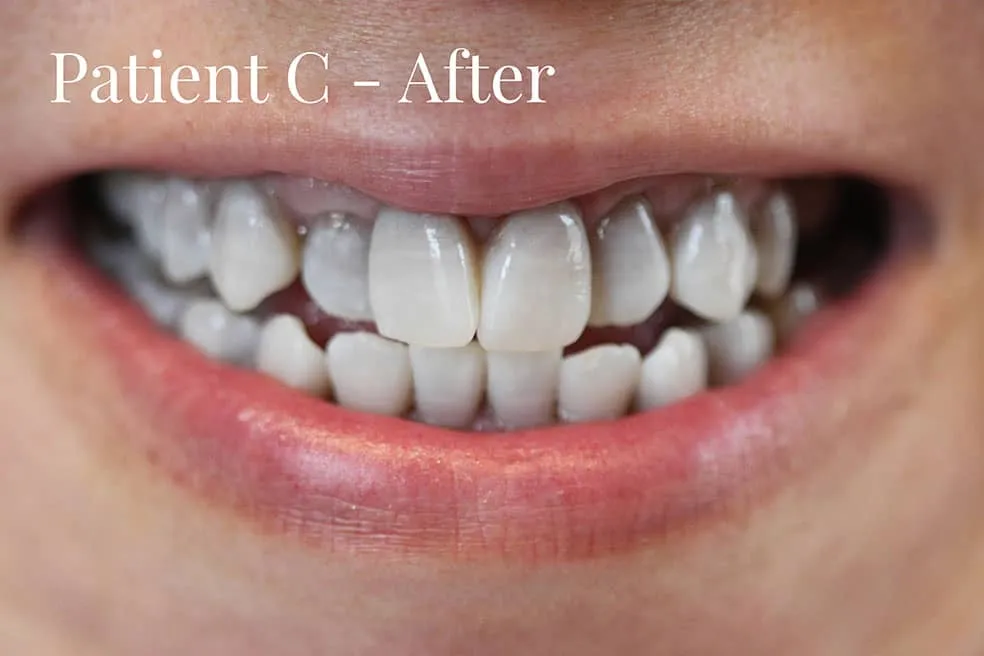What is Kor Whitening?
Kor Whitening is a professional teeth whitening system designed to effectively lighten discolored teeth. Unlike over-the-counter whitening products, Kor Whitening employs a unique approach, often involving custom-fitted trays and potent bleaching agents, to penetrate deep stains and achieve dramatic results. It’s favored by dentists for its ability to address a wide range of discoloration issues, from coffee and tea stains to more complex internal tooth discolorations. The procedure typically involves a combination of in-office treatments and at-home maintenance, ensuring a comprehensive and lasting whitening effect. This method is known for its emphasis on minimizing sensitivity and maximizing patient comfort, making it a popular choice for those seeking a brighter smile.
The Science Behind Kor Whitening
The effectiveness of Kor Whitening lies in its advanced scientific formulation. The system utilizes a specialized bleaching gel that contains potent whitening agents, usually carbamide peroxide or hydrogen peroxide. These agents break down into oxygen molecules, which then penetrate the enamel and dentin, the inner layers of the tooth, to oxidize and dissolve the stain molecules. This process doesn’t damage the tooth structure; instead, it lightens the existing pigments. Additionally, Kor Whitening incorporates innovative techniques like the use of refrigerated bleaching agents, which helps to maintain the potency of the gel and reduce sensitivity. The custom-fitted trays ensure that the bleaching agent comes into close contact with the teeth, maximizing the whitening effect while minimizing exposure to the gums.
How Does Kor Whitening Work?
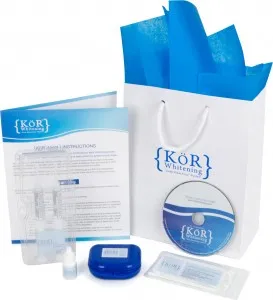
The Kor Whitening process typically starts with a consultation and examination by a dentist to assess the patient’s oral health and determine if they are a suitable candidate. Custom-fitted trays are then created based on impressions of the patient’s teeth. The whitening treatment often involves a combination of in-office sessions and at-home maintenance. In the office, a stronger concentration of bleaching agent may be used under professional supervision. At home, patients use the custom trays with a lower concentration of the whitening agent, following the dentist’s instructions for the duration of use. This phased approach allows for gradual and controlled whitening. The use of refrigerated bleaching agents helps to maintain their effectiveness and reduce the risk of sensitivity, contributing to a more comfortable and effective experience. Regular follow-up appointments may be scheduled to monitor progress and address any concerns.
Fact 1 Kor Whitening Sensitivity Levels
One of the primary concerns regarding teeth whitening is sensitivity. Kor Whitening is formulated to minimize this issue. While some individuals may experience temporary sensitivity during or after treatment, the system is designed to reduce this discomfort. This is achieved through the use of specific gel formulations, the application of desensitizing agents, and the custom-fitted trays that help to limit the exposure of the bleaching agent to the gums. The level of sensitivity can vary based on individual factors like existing tooth sensitivity and the concentration of the whitening agent used. Dentists often recommend using desensitizing toothpaste before and during the whitening process to further alleviate any discomfort. Proper adherence to the dentist’s instructions is crucial in managing and minimizing sensitivity.
Managing Sensitivity During and After Treatment
To manage any sensitivity during and after Kor Whitening treatment, several strategies are typically employed. Dentists often recommend using a toothpaste designed for sensitive teeth, which contains ingredients like potassium nitrate or stannous fluoride, to block the transmission of pain signals to the nerves in the teeth. Avoiding extremely hot or cold foods and beverages during the treatment period is also advised, as these can exacerbate sensitivity. Over-the-counter pain relievers can be taken to manage any discomfort, as directed by the dentist. Additionally, dentists may provide fluoride treatments or desensitizing gels to apply to the teeth, further reducing sensitivity. Following the dentist’s instructions and communicating any concerns promptly is crucial for effective management.
Fact 2 Kor Whitening and Enamel Health
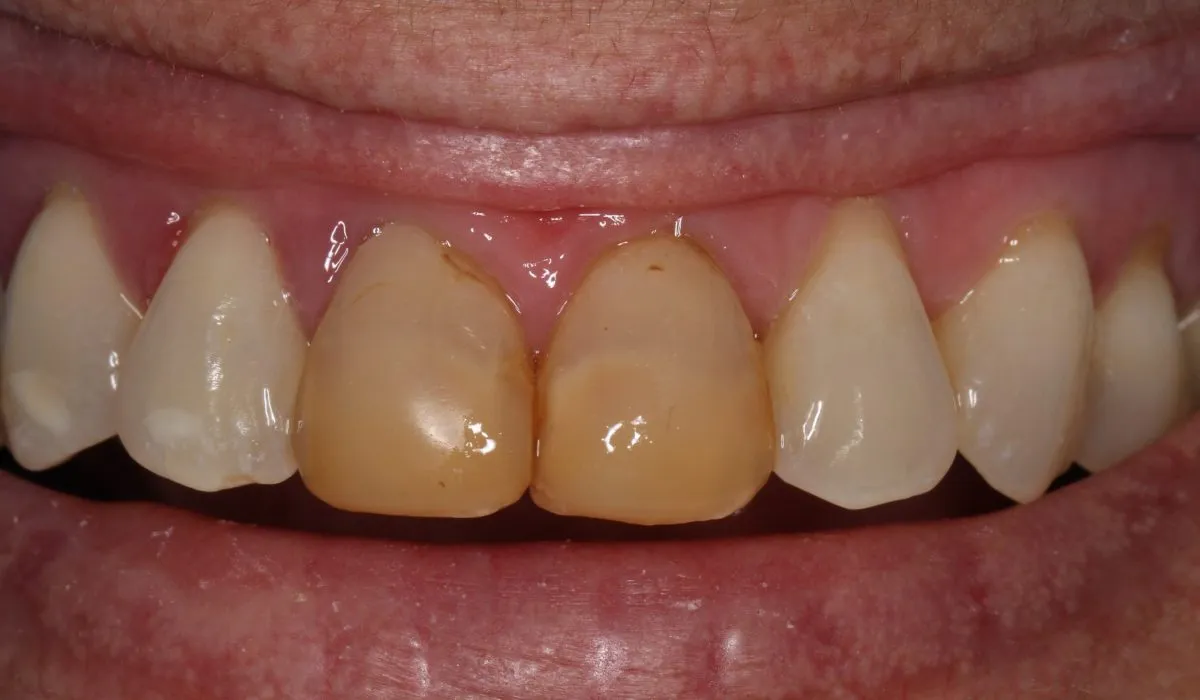
A common concern with teeth whitening is its impact on enamel health. Kor Whitening, when performed under professional supervision, is generally considered safe for the enamel. The bleaching agents used in Kor Whitening work by oxidizing the stain molecules within the tooth structure, not by directly eroding the enamel. The custom-fitted trays help to ensure that the bleaching agent is applied evenly, reducing the risk of localized damage. Moreover, the formulations used in Kor Whitening are often designed to include ingredients that help maintain enamel health. However, it is important to note that the safety of any whitening treatment relies on proper usage and professional guidance. Overuse or misuse can potentially lead to enamel damage, making it crucial to follow the dentist’s instructions carefully.
Understanding Enamel Erosion
Enamel erosion is the gradual loss of the outer protective layer of the teeth. This can be caused by acids from foods and drinks, aggressive brushing, or certain medical conditions. Once enamel is eroded, it does not grow back, making teeth more vulnerable to sensitivity, decay, and discoloration. While teeth whitening treatments themselves are generally not the primary cause of enamel erosion, improper use or overuse can contribute to the problem. It is important to maintain good oral hygiene practices, including gentle brushing with a soft-bristled toothbrush and the use of fluoride toothpaste, to protect enamel. Regular dental check-ups can help identify and address any early signs of enamel erosion, allowing for timely intervention.
Kor Whitening’s Effect on Enamel
Kor Whitening is designed to minimize any negative impact on enamel. The bleaching agents used are formulated to target stain molecules without disrupting the enamel structure. The process involves the controlled release of oxygen molecules that break down the stains, leaving the enamel largely unaffected. However, individuals with pre-existing enamel damage or thin enamel may be at higher risk of experiencing sensitivity. Dentists evaluate a patient’s enamel condition before treatment and can adjust the whitening protocol accordingly to minimize any potential risks. The use of custom-fitted trays ensures that the bleaching agent is applied evenly, reducing the likelihood of concentrated exposure and potential harm to the enamel. Furthermore, the inclusion of desensitizing agents in some Kor Whitening formulations helps to protect and strengthen the enamel.
Fact 3 Kor Whitening and Gum Health
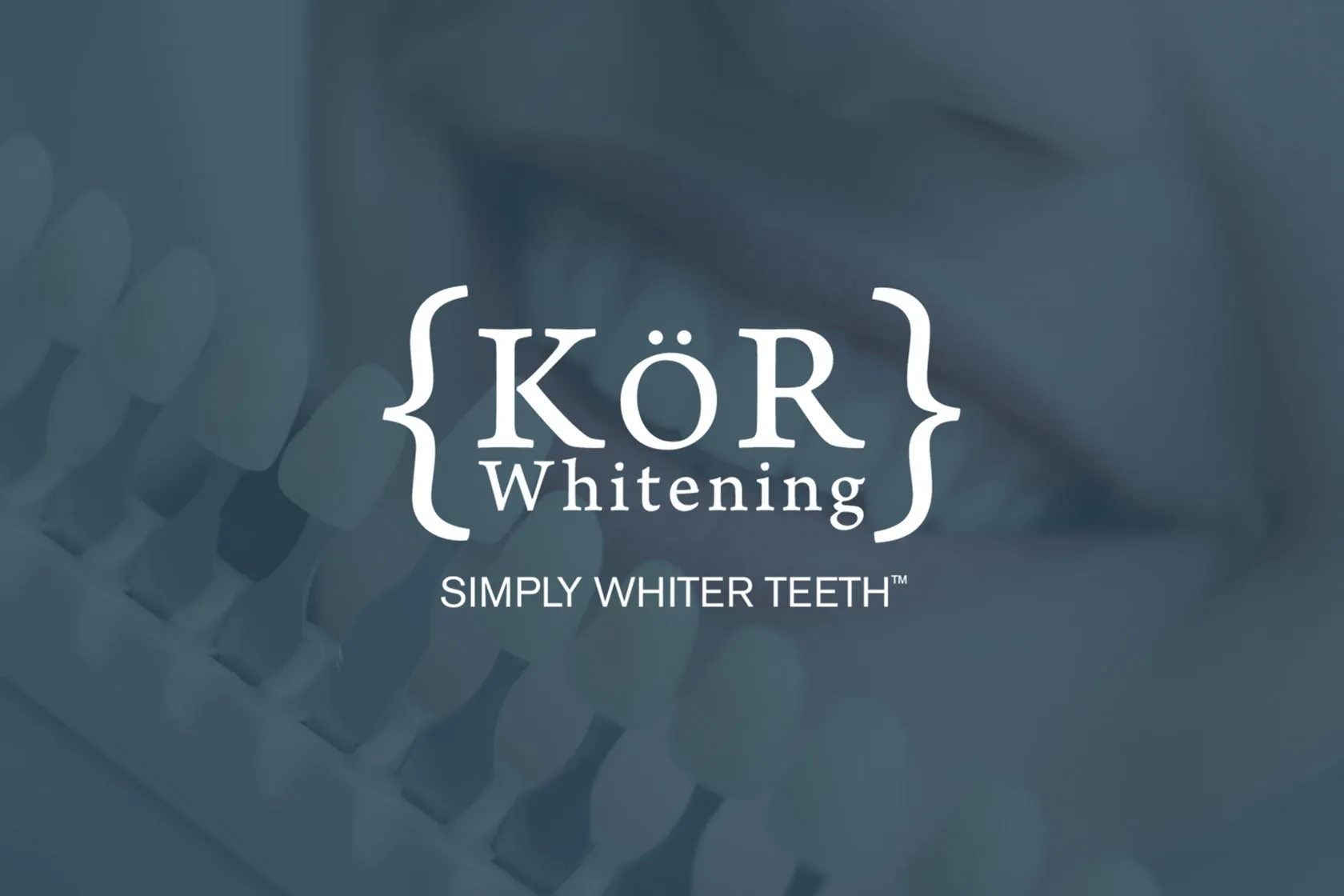
Protecting gum health is an important aspect of the Kor Whitening process. The custom-fitted trays used in the procedure are designed to fit precisely over the teeth, minimizing contact between the bleaching agent and the gums. This reduces the risk of gum irritation or inflammation, which can occur if the bleaching agent comes into direct contact with the soft tissues. Dentists also take precautions such as applying a protective barrier to the gums before the whitening treatment begins, further safeguarding them from exposure to the bleaching agent. Patients are advised to maintain good oral hygiene practices throughout the whitening process to support gum health, including gentle brushing and flossing. Any signs of gum irritation or discomfort should be reported to the dentist promptly.
Protecting Your Gums During Whitening
To ensure the safety of your gums during Kor Whitening, the following precautions are typically taken. The dentist will conduct a thorough examination of your gums before starting the treatment to identify any existing issues. Custom-fitted trays are essential, as they ensure that the bleaching agent is contained and does not come into direct contact with the gums. Protective barriers, such as gingival dams, may be used to isolate the gums from the bleaching agent during in-office treatments. It is crucial to follow the dentist’s instructions regarding the application of the whitening gel and to avoid overfilling the trays. Patients should also avoid any harsh or abrasive oral hygiene products that could irritate the gums during the whitening process. Regular dental check-ups are important for monitoring gum health.
Fact 4 Kor Whitening Ingredients Analysis
Understanding the ingredients in Kor Whitening is essential for assessing its safety. The primary active ingredients in the bleaching gel are typically carbamide peroxide or hydrogen peroxide, which are effective oxidizing agents. These ingredients break down into oxygen molecules that penetrate the tooth enamel to break down stain molecules. The concentration of these agents varies depending on the specific product and the intensity of the whitening treatment. Many Kor Whitening formulations also include ingredients designed to minimize sensitivity, such as potassium nitrate or fluoride. These ingredients help to soothe the nerves in the teeth and strengthen the enamel. The stability and efficacy of the whitening gel are often enhanced by the addition of other components, such as stabilizers and thickeners, to maintain its potency and ensure even application. Always consult with your dentist to understand the exact ingredients of the product being used and their potential effects.
Key Ingredients and Their Roles
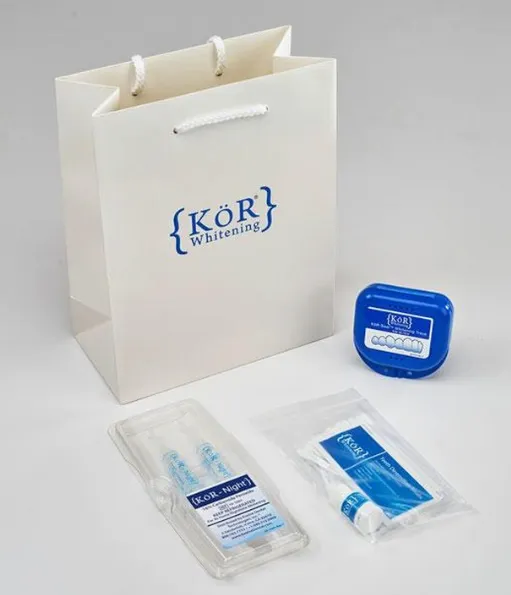
The key ingredients in Kor Whitening play specific roles in the whitening process. Carbamide peroxide and hydrogen peroxide are the primary bleaching agents, responsible for breaking down stain molecules within the teeth. Potassium nitrate and fluoride are frequently included to reduce sensitivity and strengthen the enamel. Potassium nitrate helps to desensitize the teeth by blocking pain signals, while fluoride strengthens the enamel and helps to remineralize the teeth. Stabilizers and thickeners are used to maintain the gel’s consistency and ensure even application. These ingredients help to prevent the whitening agent from breaking down prematurely, ensuring that the treatment remains effective throughout the prescribed duration. The specific formulations and concentrations can vary, depending on the product and the dentist’s recommendations, so it is always best to discuss the ingredients with your dental professional.
Fact 5 Kor Whitening Professional Supervision
One of the most critical aspects of ensuring the safety of Kor Whitening is professional supervision. Unlike over-the-counter whitening products, Kor Whitening is administered and monitored by a qualified dentist. This professional oversight includes a thorough examination of the patient’s oral health, assessment of their suitability for whitening treatment, and the customization of the whitening protocol to meet their specific needs. The dentist can identify any potential risks, such as existing dental issues or sensitivity concerns, and adjust the treatment accordingly. Professional supervision also ensures that the treatment is administered safely, with the proper use of protective measures and the appropriate concentration of bleaching agents. Regular follow-up appointments allow the dentist to monitor the progress of the whitening, address any concerns, and make adjustments to the treatment plan if necessary.
Why Professional Oversight Matters
Professional oversight is paramount in teeth whitening for several reasons. A dentist can accurately diagnose and address any underlying dental problems before commencing the whitening treatment. They have the expertise to determine the appropriate concentration of the bleaching agent and the duration of the treatment, minimizing the risk of sensitivity or enamel damage. Dentists also provide valuable advice on maintaining oral hygiene during and after the whitening process, ensuring the best possible results and minimizing potential risks. Regular monitoring allows the dentist to assess the progress of the whitening and to make any necessary adjustments to the treatment plan. Professional oversight guarantees that the whitening treatment is performed safely and effectively, leading to a brighter smile without compromising oral health.
